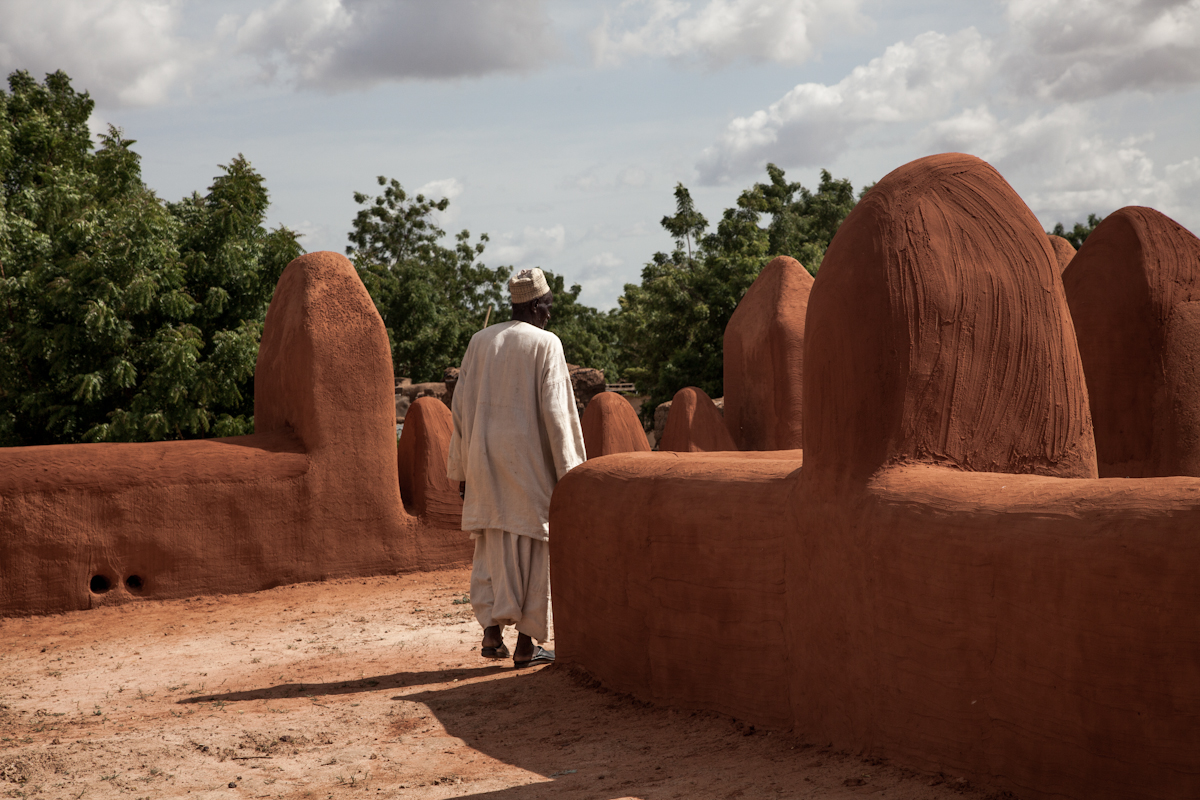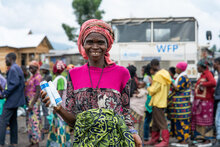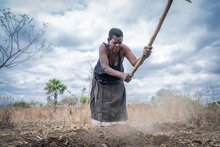Mali: waiting for the rain

“A king must protect his people. But for the rain, there is nothing I can really do.”
King Coulibaly, heir of the old Bambara kingdom of Segou, considers his 600 subjects his family.
“My children’, he says, ‘are getting malnourished. We had to take some kids to the hospital. We live by fishing and agriculture. Over the past few years, fishing is getting bad because of pollution. We rely mostly on agriculture. That’s why the rains are so important for us.”
In Mali, the rainy season usually starts beginning of May and lasts until late October. The rains irrigate the fields of water-dependent millet, sorghum and corn, and the Niger regular flooding is vital for paddy rice cultivation. As of November, the harvest season should provide the southern population enough cereals to tide them over to the next harvest and to generate revenues by selling them to the mostly pastoralist northern people. It has been like this for centuries. But over the last couple of years, everything has changed.
The 2011-2012 rainy season was very poor, as was the harvest. The populations in the South didn’t have enough cereals for themselves; the rest of Mali was affected as they had none to sell. Shortly after the conflict started, the displacement of people put additional pressure on the already limited available resources.
Throughout its operations such as food distributions, nutrition activities and, more recently cash transfers for internally displaced people and host-families, the World Food Programme (WFP) is assisting the populations, providing them with their most immediate and vital needs while enhancing their capacity of responding to food crises.
But what the Malian people need the most is a good harvest season, as was the case in 2012-2013. “This rainy season season started late,’ explained Mamadou Togola, Vulnerability Analysis and Mapping (VAM) Officer at WFP Mali.
‘The pocket around Segou is far below average. The lack of rains has immediate consequences on the crops. Because they are too dry, plowing the fields is almost impossible, and we already know that some of the plots won’t give anything this year.”
But there are signs of hope. The meteorological previsions are quite optimistic. According to the Meteo Assistance Working Group, the last months of the rainy season have a 40 percent chance of above average rains.
“These previsions have to be taken carefully, because they don’t give information about the frequency of the rains,’ said Mr. Togola.
‘More than 100 millimeters of heavy rain at one time, for example, can destroy everything and sometimes lead to flooding. We can’t say yet if it will be good or bad.”
Back on the roof of his red palace, King Coulibaly is still staring at the skies. “It won’t rain today, he says, and I’m afraid tomorrow will be the same. God is the one to decide whether it will rain, or not. We just need to be patient, and keep hoping that the harvest will be good this year.”


